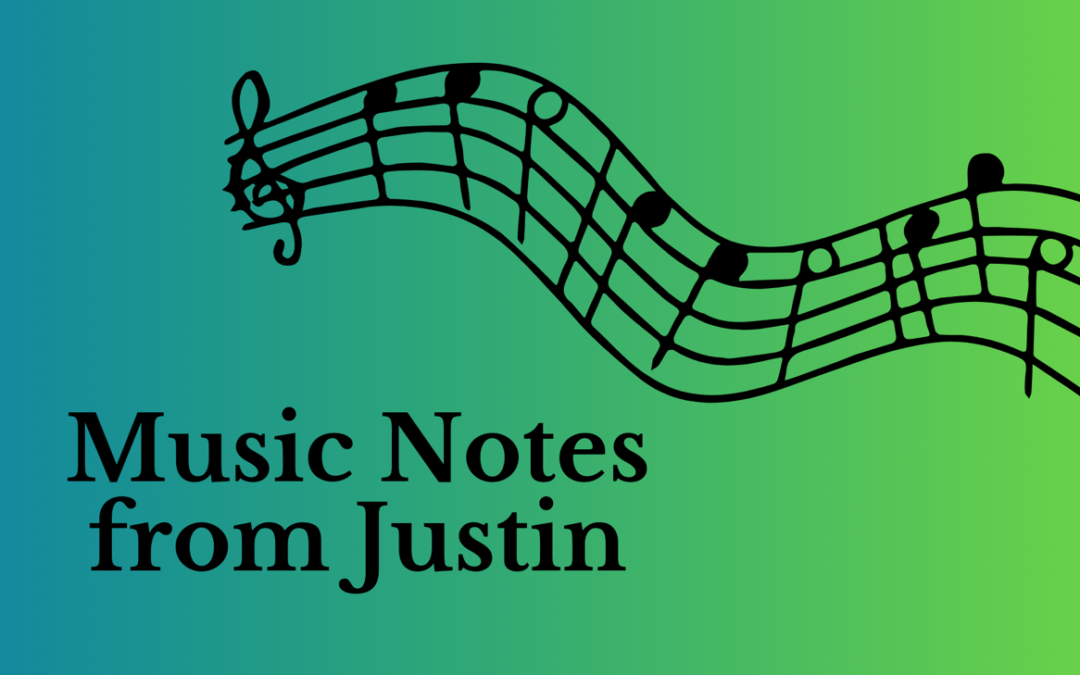Music Notes
Sunday, May 26, 2024
For the introit, one last bit of music from the Anglican tradition, as we wrap up our choral season in worship – William Byrd’s set of verses and responses. This is an integral part of any Anglian evensong service, consisting of a series of call-and-response style pronouncements scattered throughout the proceedings – this morning, we sing it all in one go. I am thrilled to take our marvelous choir, along with some of our non-singing guests, over to England in August, and hope that you will keep us in your prayers as we lead worship at Christ Church in Oxford.
Our Anthem is a chestnut of sacred choral music, Faure’s Sanctus from his famous Requiem. Although a Requiem is a funeral piece, this one is more concerned with the glorious arrival into God’s hands that awaits the souls of the departed. At its center is the glowing Sanctus movement, which shows Faure’s interest in Gregorian chant with long arching lines traded between upper and lower voices. The climax, on the “hosanna in excelsis,” trades the gently undulating harp-like accompaniment for powerful block chords and triumphant, fanfare-like figures in the voices. I hope it makes a fitting end to our formal choral season up in the sanctuary loft. I look forward to continuing our musical ministry in August!
